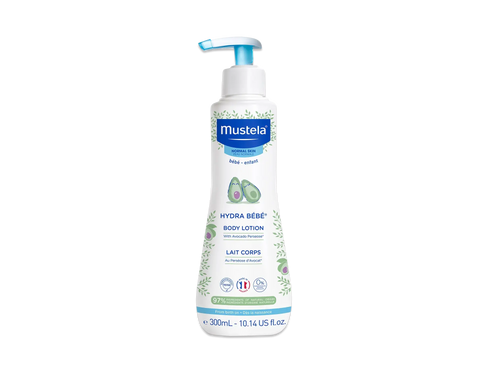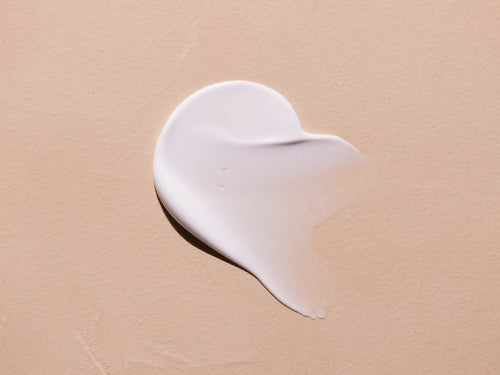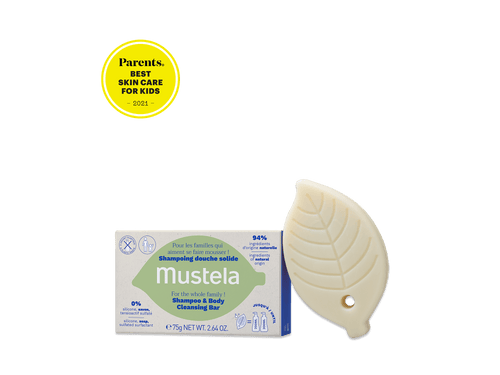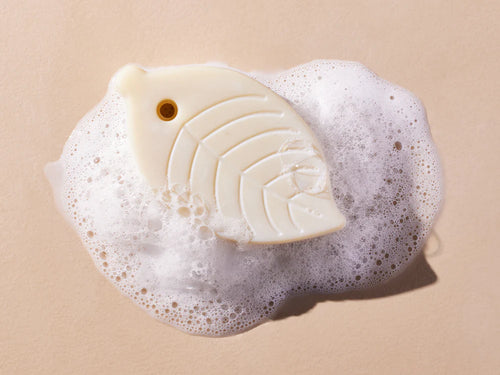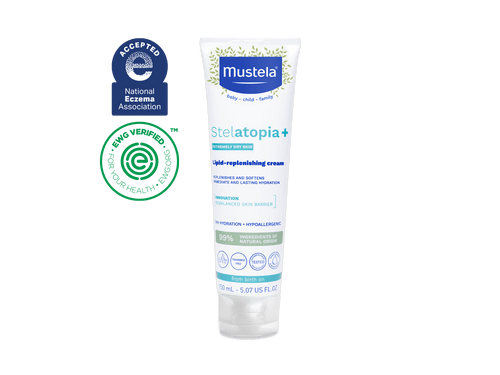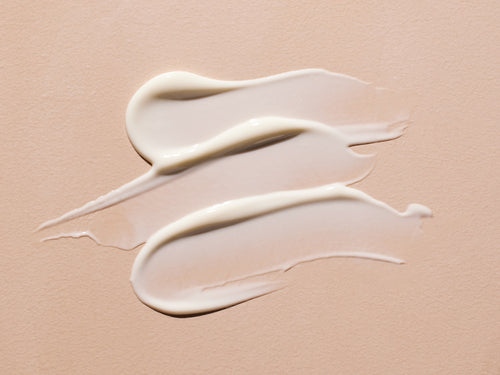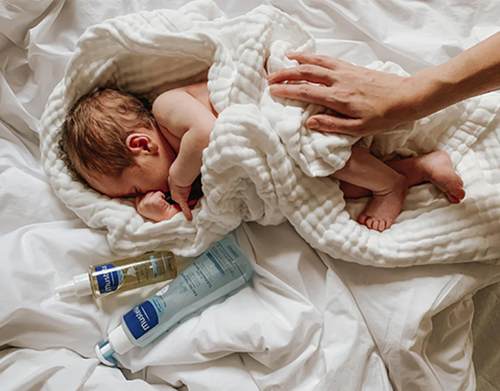A whole lot of growing and developing is packed into your baby’s first year of life and you’ve got a front-row seat! You’ll see them gain head control, roll over, sit, crawl, stand, and then start to toddle around. One of the big questions you might have is when do babies sit up?
We’re here to answer that question, provide you with a few tips for helping your baby reach the sitting milestone, and give a few pointers for keeping them safe once they do!
But first things first: when do babies sit up?
When Do Babies Sit Up?
The first thing we want to say is this: remember that every baby develops at a different rate! So, it’s hard (or impossible!) to say exactly when your baby will sit up.
However, there’s a general timeline for this developmental milestone and a point when you should talk to your pediatrician if your little one isn’t yet sitting up.
The process of learning to sit starts around three or four months. Once your little one is a tummy-time pro and has head control, they’ll be able to sit propped up. This typically happens somewhere between four and seven months old.
As they gain more confidence, they’ll start experimenting with this new thing called sitting and prop their hands between their legs to hold themselves up.
When they’re in this stage, you’ll need to be close by to come quickly to the rescue if (or when) they topple. Or provide cushion by surrounding them with pillows.

By eight months old, most babies can sit by themselves with no help and no support. That’s something to be proud of!
If your little one isn’t going at it alone by nine months, be sure to talk to your pediatrician. It’s best to catch any potential developmental problems early.
Keep in mind that sitting is hard work for a little guy or gal! Even once your baby gets the hang of sitting, they still need to develop strength and stamina to be able to sit for longer periods of time.
Finally, somewhere around the time your baby blows out their one-year birthday candles, they’ll not only be sitting by themselves but also getting into the sitting position without help.
How To Help Your Baby Learn To Sit Up
On the one hand, your little one will sit up when they’re good and ready. On the other hand, there are a few ways you can nudge them along and help them build strength in their miniature muscles!
Encourage Tummy Time

As you’ve learned by now, gaining head control and building strong muscles is a prerequisite for sitting up. And you know what that means: lots of tummy time!
When your baby is a newborn, tummy time should happen three or four times a day and last only three to five minutes. Once they are three months old, tummy time can be up to 15 or 20 minutes at a time.
Hanging out belly-down can happen on the floor on a soft blanket or on your chest, which is a great time for skin-to-skin contact! Just remember not to put your baby on their stomach if they have a full tummy or are feeling sleepy.
Give Your Baby Toys
When your baby starts experimenting with sitting up, place toys in front of them, in-between their legs. This will hopefully encourage them to lean forward and hold themselves up.
Prop Your Baby Up

To help your tiny sitter get the hang of it, prop them up. Put your baby in a Boppy or let them sit between your legs to play.
But avoid overdoing it. When their little muscles aren’t strong enough, being in a sitting position will tire them out, and your baby might get cranky to let you know!
Remember: they’ll sit up when they’re ready, so don’t push them too far.
Pull Your Baby Up
Once your baby has head control, show them what it’s like to sit!
With your baby laying on their back, grab their hands and gently pull them up into a seated position. If you can add fun sound effects, even better!
Lower them slowly back to the ground or let them sit and wobble for a few seconds before helping them down again.
Safety For Your Sitting Baby
It’s exciting when your little one learns to sit up! It also means you’ve got an increasingly mobile baby on your hands! They can move and reach more and are not far away from crawling, pulling up, and walking.
That being said, keeping your sitting baby safe is important! Here are a few things to think about for safe days and nights.

1) Adjust The Crib
With your baby sitting up and ready to peer into anything that looks interesting to them, you may have to adjust the crib.
If necessary, lower the crib mattress so that your baby won’t fall out if they sit or pull up while they’re in bed (and supposed to be snoozing!). Also double-check that nothing is within reach of the crib, like cords, blinds, or curtains.
2) Babyproof Your Home
Forget about sitting for a minute — even a rolling baby can get pretty much anywhere they want to go! And a sitting baby will soon be a crawling baby.
Now is the time to really get serious about babyproofing your home.
3) Keep The Baby Bathtub

Once your baby can sit up without any extra help, they can sit in the big-person bathtub! However, don’t be too quick to make the move.
Your little one has to be really good at sitting before they’re ready to brave the big tub. Don’t get rid of your baby bathtub just yet.
Instead, make the transition gradually by putting the baby bathtub in the big tub for bath time. And when you do put your little one in the big-kid tub for the first time, remember to use a non-slip mat and a faucet cover.
As always, bathe your baby with natural, vegan, and tear-free products. Mustela’s Bathtime Essentials Set contains four plant-based skincare products to keep your baby clean and moisturized during and in-between bath time.
In the bath, use the 2-in-1 Cleansing Gel to safely clean and soothe your baby’s delicate skin and hair and the Multi-Sensory Bubble Bath to add a bit of fun and stimulation to bath time!
After, dry your wet, slippery baby and lather them up with Hydra Bébé Body Lotion!
And, to top it off, this bathtime essentials set includes No-Rinse Cleansing Water to gently clean your baby's face, body, and diaper area in-between baths or when you’re on-the-go!
4) Don’t Leave Your Baby During A Diaper Change
This one is more of a reminder since you should never leave your baby alone on the changing table, even if they’re brand-new and haven’t rolled over yet.
You never know when that first roll might happen and don’t want to risk them taking a tumble off the changing table!
That being said, now that your baby is sitting up (or trying to!), they’ll be wiggling and squirming to get where they want to go — which is probably away from the changing table! Keep a hand on your baby at all times when they’re on a high surface.
To help things go as smoothly and quickly as possible, keep all the diaper-changing necessities within arms’ reach. Make sure you have a clean diaper, wipes to clean their bottom, and diaper cream if they need it.
Between Cleansing Wipes and Diaper Rash Cream 1 2 3, Mustela has everything you need to get through a diaper-change lickety-split! Plus, if your baby has eczema-prone skin, you can wipe their sensitive bottom with fragrance-free, hypoallergenic Certified Organic Water Wipes with Cotton and Aloe.
Celebrate When Your Baby Sits Up!

When babies sit up, we cheer and applaud because this is a milestone to be celebrated! Expect them to start working on it as early as three or four months and sit by themselves by eight or nine months.
Help your little one along by giving them plenty of tummy time, providing toys in-between their legs, and propping and pulling them up to help them get the feel of it.
Remember once they start sitting, do a safety check: adjust the crib, babyproof, keep the baby tub, and don’t leave them alone on the changing table! Finally, whether you’re scrub-a-dubbing in the tub or changing a poopy, remember to use products that are gentle, safe, and effective.
Go with Mustela’s Bathtime Essentials Set, Cleansing Wipes, and Diaper Rash Cream 1 2 3 to get your little one clean and back to sitting and playing in no time!



